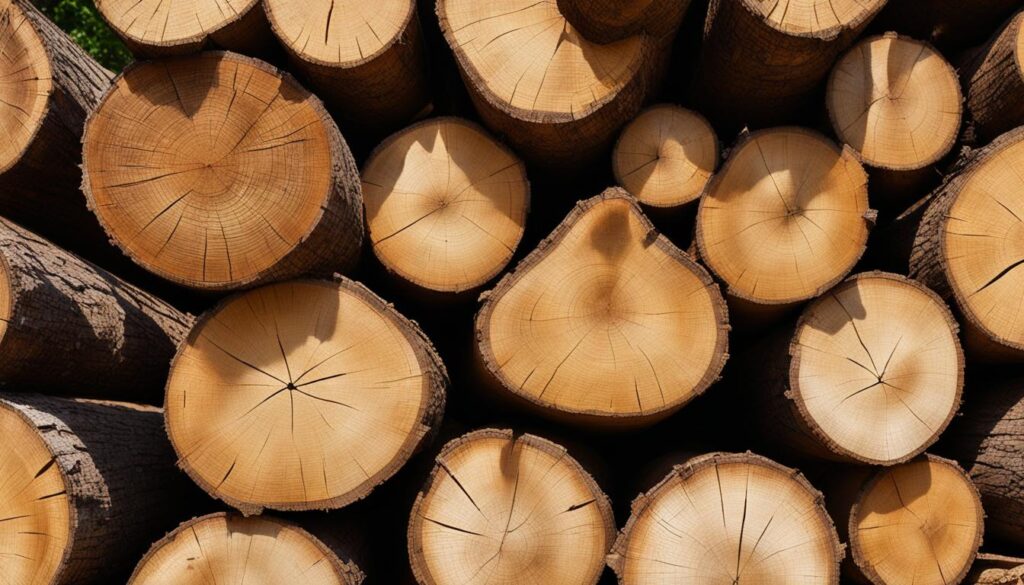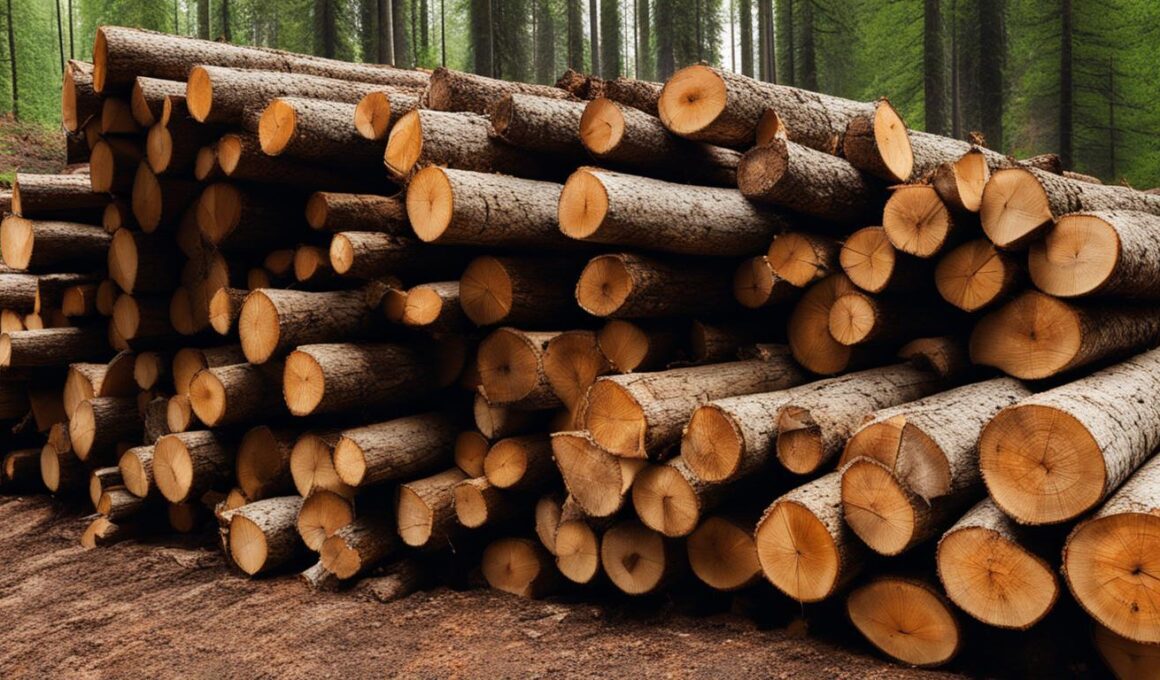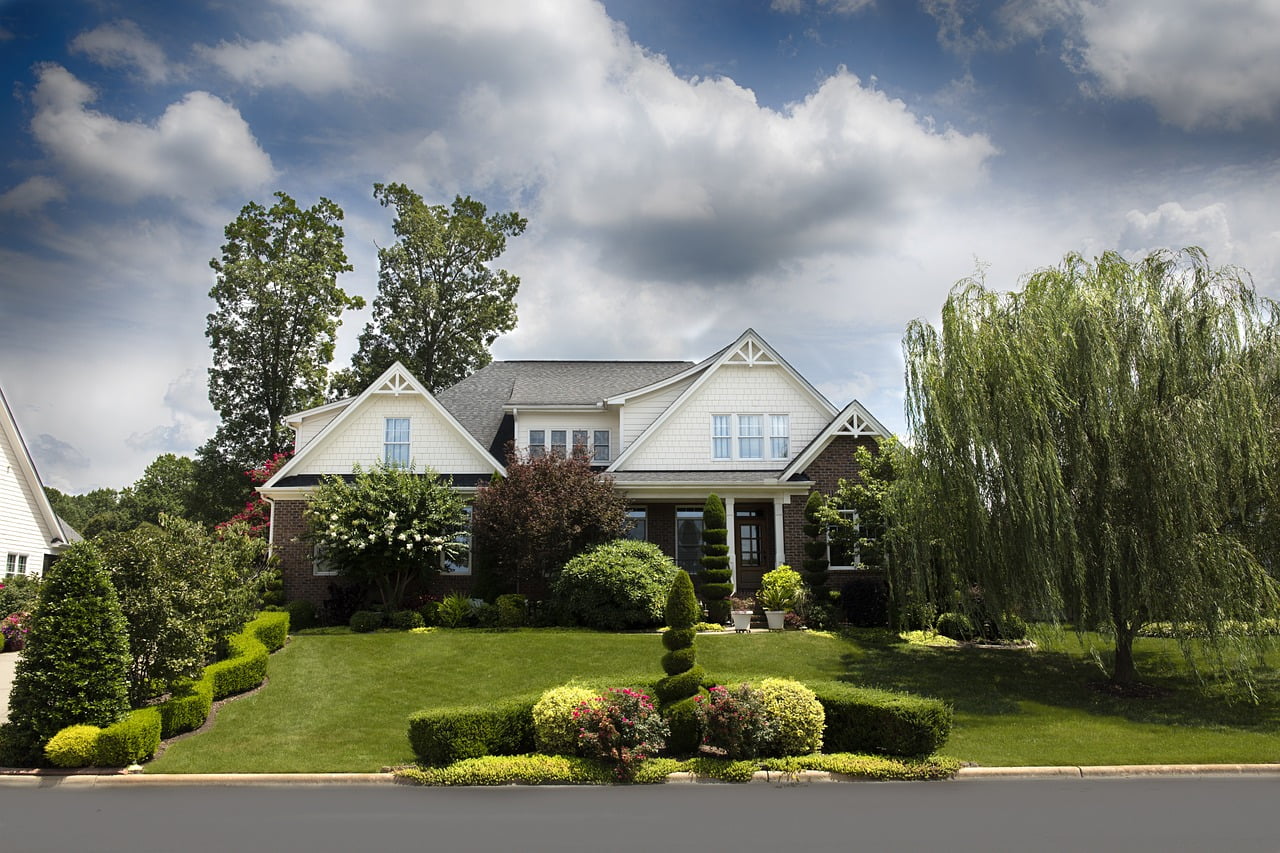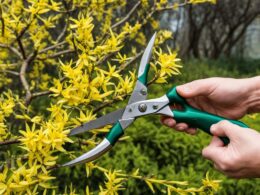If you’re in search of efficient burning firewood for your fireplace or outdoor pit, sycamore firewood might just be what you need. While sycamore is a hardwood, it is important to understand its unique characteristics before deciding if it’s the right choice for you.
Properties and Uses of Sycamore
Sycamore trees come in several different types and are primarily planted for ornamental purposes. They are highly tolerant of air pollution and make good windbreaks. Sycamore wood, with its white or cream-colored timber, is prized in woodworking for its close-grained texture and slight yellow hue with age. It is commonly used in making musical instruments, furniture, parquetry, wood flooring, and joinery. Sycamore can also be used to make kitchen utensils and has value in decorative veneers due to its unique grain.

Benefits and Considerations of Using Sycamore Firewood
Sycamore firewood offers several benefits and considerations to keep in mind when using it as a fuel source for heating your home or enjoying a cozy fire. Here are some important factors to consider:
Where to Find Sycamore Firewood
Sycamore trees can be found all across the United States, from southern Ontario in Canada to Florida, and as far west as Texas, Nebraska, and Michigan. They tend to thrive in rich and moist soil, often found along the banks of lakes or streams. If you’re looking for sycamore firewood, you can start by exploring wooded areas in these regions or contacting local tree removal services that may have sycamore logs available.
Splitting Sycamore Firewood
Splitting sycamore firewood can be challenging due to its high water content. The wood is considered a low-density hardwood, making it tough to split when green. However, using a hydraulic splitter can make the process easier and more efficient. By exerting powerful force, a hydraulic splitter can help you split sycamore logs into manageable sizes for burning.
Seasoning the Wood
Properly seasoning sycamore firewood is crucial to maximize its burning efficiency. Due to its high water content, sycamore can take a longer time to dry compared to other firewood varieties. It is recommended to season the wood for at least two years to ensure it is fully dried and ready to be burned. However, if you are in a hurry, a shorter seasoning period of six to twelve months can still provide satisfactory results.
Burning Sycamore Firewood
When it comes to burning, sycamore firewood has its own unique characteristics. It is easy to light and ignites quickly, making it a convenient choice for starting fires. Sycamore wood also produces a good amount of heat, providing warmth and comfort. However, it is important to note that the heat generated by sycamore tends to be short-lived compared to some other hardwoods.
Sycamore firewood produces a moderate amount of smoke and minimal sparks, making it a suitable option for indoor burning. This makes it a popular choice for use in fireplaces, wood stoves, or other indoor heating devices. Its clean burn and minimal emissions make it a environmentally-friendly option for heating your home.
In conclusion, sycamore firewood can be a valuable and accessible choice for your heating needs. By considering where to find sycamore firewood, how to properly split and season it, and understanding its burning characteristics, you can enjoy the benefits of this versatile hardwood. Whether used indoors or outdoors, sycamore firewood offers an efficient source of heat and a pleasant fire experience.
Conclusion
In conclusion, if you are someone who uses a wood stove in your home, sycamore firewood can be a great option to consider. It offers several benefits that make it worth considering for your firewood needs. The first advantage is that sycamore firewood is easy to light, making it hassle-free to start your fires. Additionally, it provides a decent amount of heat, ensuring that you can stay warm and cozy during those cold winter nights.
Another significant advantage of sycamore firewood is that it doesn’t produce excessive smoke or sparks. This means that you can enjoy your fire without worrying about filling your living room or outdoor space with smoke, or having sparks fly around and potentially cause accidents or burns.
However, it is important to note that sycamore firewood also has its limitations. It is considered a lower-density hardwood with a high water content, which means it is better suited for short-burning fires rather than long-term burning. Proper seasoning is crucial to maximize its burning efficiency, and splitting the wood when it’s green can be challenging. Despite these considerations, sycamore firewood can still be a viable choice, especially if you don’t have access to other types of firewood.
Ultimately, the decision to use sycamore firewood depends on your specific needs and preferences. It’s important to weigh the pros and cons before deciding if it’s the right choice for you. If you prioritize easy lighting, decent heat output, and minimal smoke and sparks, sycamore firewood might just be worth it.
Can Sycamore Trees also Produce Cashews as a Source of Firewood?
Sycamore trees do not produce cashews as a source of firewood. While sycamore trees are known for providing valuable hardwood, cashews grow on cashew trees. These tropical trees produce cashews, which are commonly consumed as nuts. However, cashews and sycamore trees are unrelated, making it impossible for sycamores to yield cashews for any purpose.









